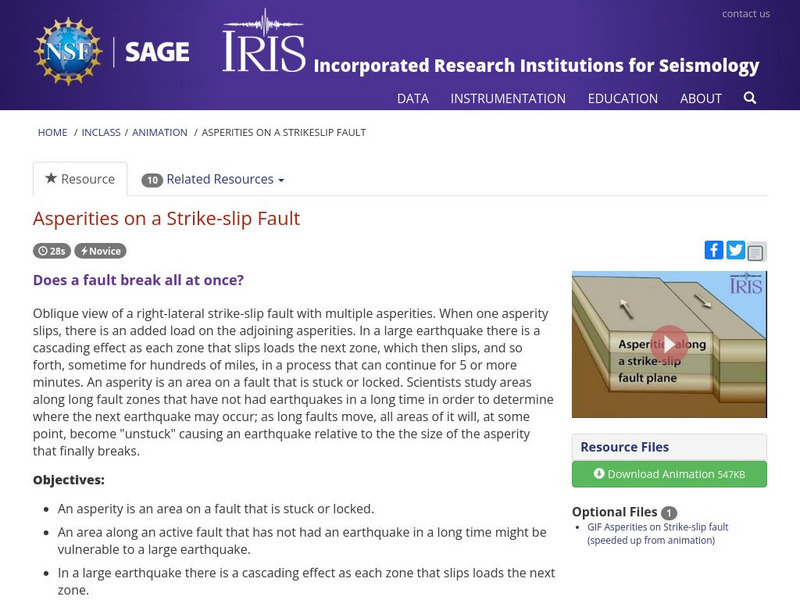Bloomberg
John Lipsky on Dollar Strength, Pace of Central Banks
Former IMF First Deputy Managing Director & Former JPMorgan Chief Economist John Lipsky discusses dollar strength, the pace of central banks and the forgotten role of the Plaza Accord. He speaks with Tom Keene on "Bloomberg Surveillance."
Curated Video
THE WORLD'S LAST REMAINING WILD HORSES
Hungary's Hortobagy National Park has the largest Asian Wild Horse population outside Mongolia.
The Asian wild horse is the only truly wild horse remaining in the world.
Running free - Asian wild horses in Hungary's Hortobagy National...
Curated Video
Sharapova's doping ban cut to 15 months
Maria Sharapova's doping ban was reduced from two years to 15 months on Tuesday, meaning the Russian tennis star can come back in April and return to Grand Slam play at the French Open.The Court of Arbitration for Sport cut nine months...
Curated Video
Supermodel tries out new high-tech bra
AP Television
New York, 1 March 2006
1. Wide street pan to store zoom in on sign
2. Wide Gisele Bundchen
3. Camera cutaway
4. Close-up Gisele
5. SOUNDBITE (English) Gisele Bundchen:
"It's the most as far as like technology. It's the...
AFP News Agency
VOICED: Cannes festival serves up controversy
VOICED: Cannes festival serves up controversy
Curated Video
Sharapova's Doping Ban Reduced to 15 Months
FOR CLEAN VERSION SEE STORY NUMBER: 4058762Maria Sharapova's doping ban was reduced from two years to 15 months on Tuesday, meaning the Russian tennis star can come back in April and return to Grand Slam play at the French Open.The Court...
Curated OER
Miss Selle's Science Songs - Plate Tectonics
Middle school scientists will think you're the coolest teacher on the planet when you use this video to help them understand the basics of plate tectonics. The lyrics, compiled by science teacher Sue Selle, are played to the music from...
TED-Ed
Why Are Earthquakes so Hard to Predict?
Cell phones to crowdsource vibrations to warn of incoming earthquakes? Detectors to register high levels of radon-thoron isotopes? After detailing the factors that make earthquakes so difficult to predict, the narrator of a fascinating...
Bozeman Science
ESS2B - Plate Tectonics and Large-Scale System Interactions
Take the mystery away from earthquakes. A video lesson explains the theory of plate tectonics and how it relates to earthquakes, volcanoes, mountains, and oceanic trenches. The instructor gives specific feedback on the progression of the...
Curated OER
Reading a Fault Line
This clip explains the differences between a hanging wall and a foot wall and how they are used to read a fault line. An animated hiker shows the differences between the two types of walls but doesn't explain how each type effects a...
US Geological Survey
U.s. Geological Survey: Earthquakes: Thrust Fault
Quick, full color animation of a thrust fault, or a high-angle reverse fault.
Incorporated Research Institutions for Seismology
Iris: Focal Mechanisms Explained
Focal mechanisms are based on the direction of the first arriving P wave. This animation walks the viewer through steps to understand how scientists know what kind of fault motion occurred deep underground. [6:35]
US Geological Survey
U.s. Geological Survey: Earthquakes: Blind Thrust Fault
A quick, animated illustration showing a blind thrust fault that does not rupture all the way up to Earth's surface.
US Geological Survey
U.s. Geological Survey: Earthquakes: Horst & Graben
Brief animated illustration demonstrating the movement of a horst and graben fault during an earthquake.
US Geological Survey
U.s. Geological Survey: Earthquakes: Normal Fault
Animated illustration demonstrates a normal fault, which is a dip-slip fault where the rock mass above the fault moves down.
US Geological Survey
U.s. Geological Survey: Earthquakes: Strike Slip Fault
An animated illustration of a strike-slip fault. It shows the vertical fracture where the blocks of Earth have moved horizontally.
Incorporated Research Institutions for Seismology
Iris: Asperity on a Fault
Brief animation shows friction at an asperity along a right-lateral fault and explains why faults don't keep sliding past each other. [0:13]
Incorporated Research Institutions for Seismology
Iris: Fault: Strike Slip
Strike-slip faults are vertical fractures where the blocks have mostly moved horizontally. This brief animation provides an illustration. [0:18]
Incorporated Research Institutions for Seismology
Iris: Transform
Animation illustrates and explains a transform fault. [0:30]
Incorporated Research Institutions for Seismology
Iris: Asperities on a Strike Slip Fault
An asperity is an area on a fault that is stuck or locked. This brief clip illustrates asperities along a strike-slip fault plane. [0:28]
Incorporated Research Institutions for Seismology
Iris: Earthquake Machine: Demonstration of the 2 Block Model
See how to model differential friction along a fault. [2:30]
Incorporated Research Institutions for Seismology
Iris: Fault: Oblique Right Lateral Thrust
Find out what causes a fault to move in oblique direction. [0:21]
Incorporated Research Institutions for Seismology
Iris: Fault: Oblique
Find out the motion that is halfway between a normal fault and a strike-slip fault. [0:15]













